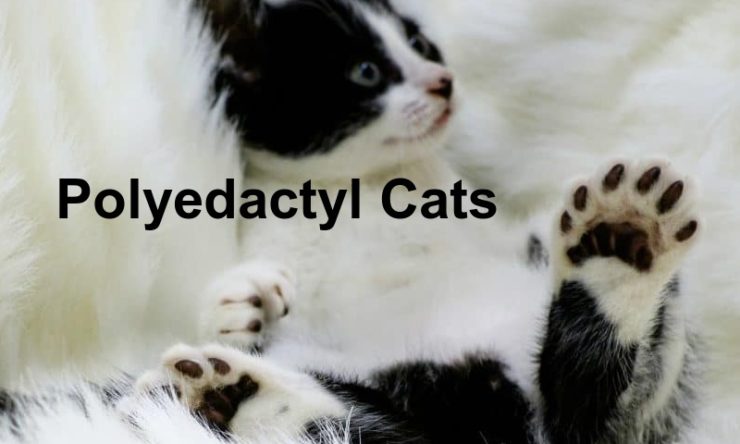Interesting Facts About The Rare Polydactyl Cats
Polydactyl cats – or cats with extra toes are awesome and we just cherish them. While polydactyl cats are common nowadays, most people still don’t understand the condition behind this abnormality.
1. It is caused by genetic abnormality
Start by counting your cats toes. Most cats usually have 18 toes with four at the rear paw and five at the front paw. If the cat is polydactyl, it might have eight toes on a single paw. Polydactyl cats have eight toes on the front paws that somewhat resemble adorable mittens.
2. These cats are popularly referred to as Hemingway cats
At the popular Ernest Hemingway Museum, Polydactyl cats still thrive as a colony. In fact, most of these cats are the progenies of Hemingway’s original polydactyl. Polydactyl are so popular that they once occupied the White House.
3. This condition exists commonly in Maine Coons
Historically, this trait is common in Maine Coon cats. And most breeds originate in Maine with extra doublewide paws that function as snowshoes. For instance, most Maine Coons currently have extra toes. But though this trait is not predominating among the breed, Polydactyls are well liked by cat lovers from all walks of life.
4. World Record polydactyl cat has 28 paws
Based on records form the Guinness World Book, Jake – a cat from Canada boasts of seven toes on each paw and this totals to 28. Interestingly, all toes have their own pad, claw, and bone structure. However, having extra toes can affect a cat’s mobility.
5. They are considered good luck when sailing
In the old days, most fishermen took their polydactyl cats on their fishing journeys. And to earn their usefulness – these efficient mouse hunters often use their extra tows for better balance on rough waters. Therefore, this explains the cat’s vast travels and this is the reason they predominantly exist throughout the U.S.
Conclusion
Fortunately, having extra toes is completely healthy and isn’t detrimental to the cat’s health in any way, shape or form. However, trimming the cat’s nails can be more difficult. If you notice your cat has twisted or underdeveloped forelegs due to this genetic condition, you should visit the vet immediately to get the right diagnosis.
References: Catster, The Sprucepets, Tree Hugger
Copyright: Local Value


